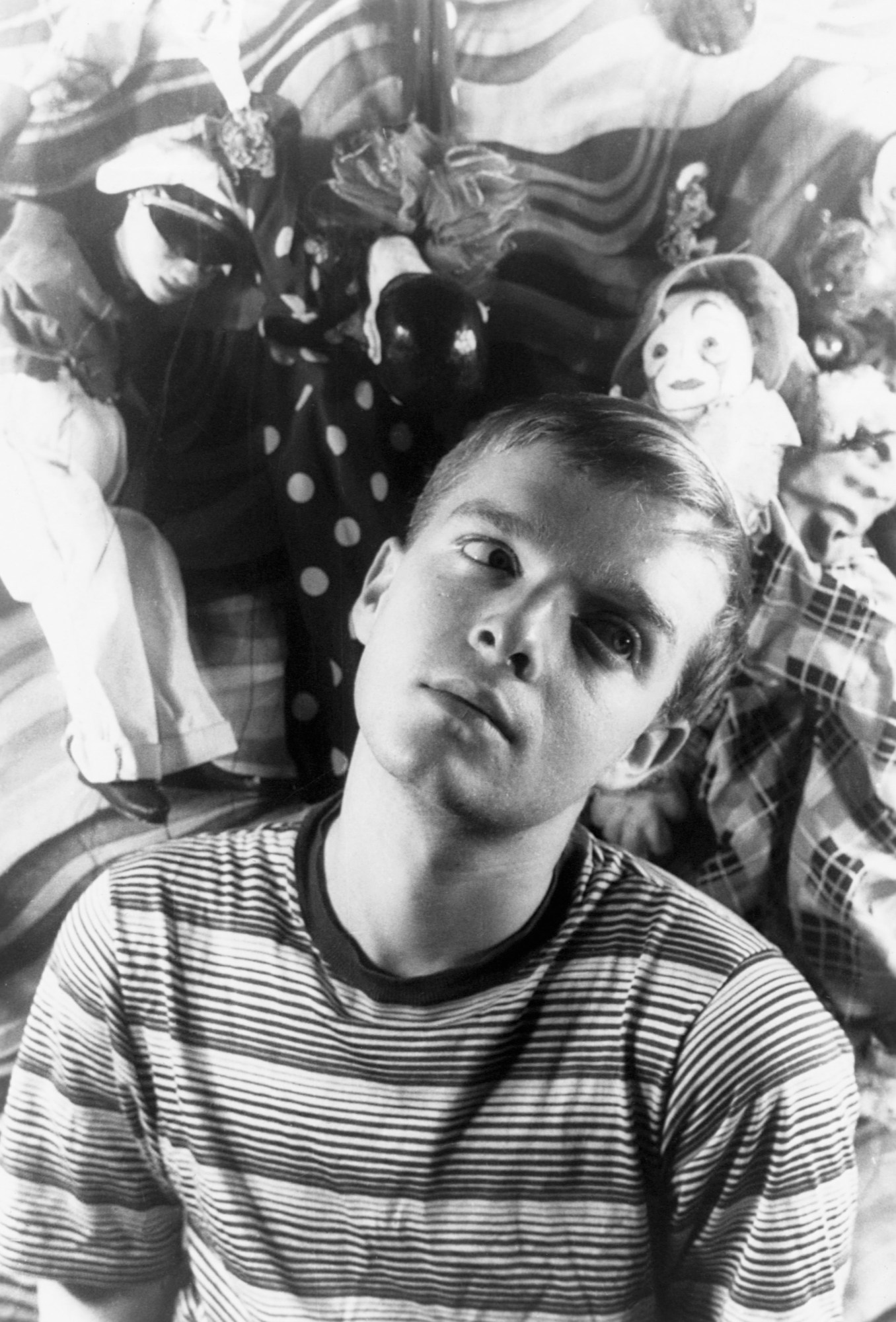Our favorite writers muse on their muses as we bring back the “My i-Con” essay series for the second year in a row. From Grimes to Grace Jones, read every heartfelt ode to personal style here.
When I was 14 years old, I got a job as a page at my town’s library in West Caldwell, New Jersey. It paid less than minimum wage, but it came with an invaluable bonus: When people donated books that the library didn’t want, I often cleared them into my backpack instead of the dumpster. Among them was a well-preserved first-edition hardcover of In Cold Blood, Truman Capote’s 1966 true-crime investigation of the murders of a Kansas family by Dick Hickock and Perry Farrell.
It was in reading this book that Truman Capote became my stylistic hero before I even knew what he looked like. I had not known before I read Capote that true stories could be expressed as artfully as invented ones. This line from In Cold Blood describes the feeling well: “In school we only learn to recognize the words and to spell but the application of these words to real life is another thing that only life and living can give us.” Capote’s sharp attention to life and living made me want to look at both more closely. When I got around to finding out what he looked like — another day at the library, via dustjacket — I found a second way I wanted to resemble him. In the most important picture of Capote, he is 23 years old. He reclines on a quilted divan, eye-fucking the photographer’s camera lens.
This became the author photo for Capote’s first published novel, Other Voices, Other Rooms, which dovetails queerness and familial discord. Random House plastered magazines, newspapers, and bookstores with the photo in a sensational ad. This widely disseminated vision of a comely gay man in repose was a bright shock to many postwar Americans. The Los Angeles Times wrote that Capote looked “as if he were dreamily contemplating some outrage against conventional morality.” In Hilton Als’s book White Girls, the critic posited that “Truman Capote became a woman in 1947, the year this photograph was taken.”
Capote was consciously playing with gender signifiers. The photo calls to mind traditional boudoir images of women — think Titian’s “Venus of Urbino.” (Andy Warhol wrote Capote mash notes thanks to this portrait, and we can see why.) That inversion speaks to the poses I strike all the time, if in other combinations of masculine/feminine. Taking in photos of young Capote, I meet a reference for my own queer appearance: When he wasn’t sensually lolling around on living-room furniture, Capote, in those precocious days, often looked a little like how I do now: threadbare striped or plain white T-shirts; blonde shag; not so especially “pretty,” but staring at you like we are. Maybe you’ll even believe it.
More than his clothes, I strive for his eyes, which are the most “signature” part of his appearance in the photos of his younger self. Though his expression can be gentle, he seems to be serious as hell about how he’s looking at you and vice versa, in a way he’d rarely cop to in public — he complained, for instance, that the photo of him supine on the couch diverted readers from his work itself. Though this was partly true, Gerald Clarke, his biographer, writes: “In fact, he had posed himself and was responsible for both the picture and the publicity … [it gave Capote] not only the literary, but also the public personality he had always wanted.” I want to respond to the world with the ferocity that Capote’s expression (and work) conveys.
Truman Capote, in his iconoclastic literature and appearance, renewed how I thought of writing and gender — his restructuring of conventional forms are, for me, both an invocation and answered prayer. I love him because his style resists characterization: Any account or analysis of Capote is incomplete, and it thrills me that someone with such a legacy can still feel so unpinnable. Truman Capote was born Truman Streckford Persons — as in plural, multiple. Capote knew: You can “become a woman” as a man, or write a nonfiction novel, or in any number of ways reconfigure the application of what life and living has to give us.
Related: What Parker Posey taught me about corsets and careers
Credits
Text Amy Rose Spiegel
Photography CORBIS / Getty Images
